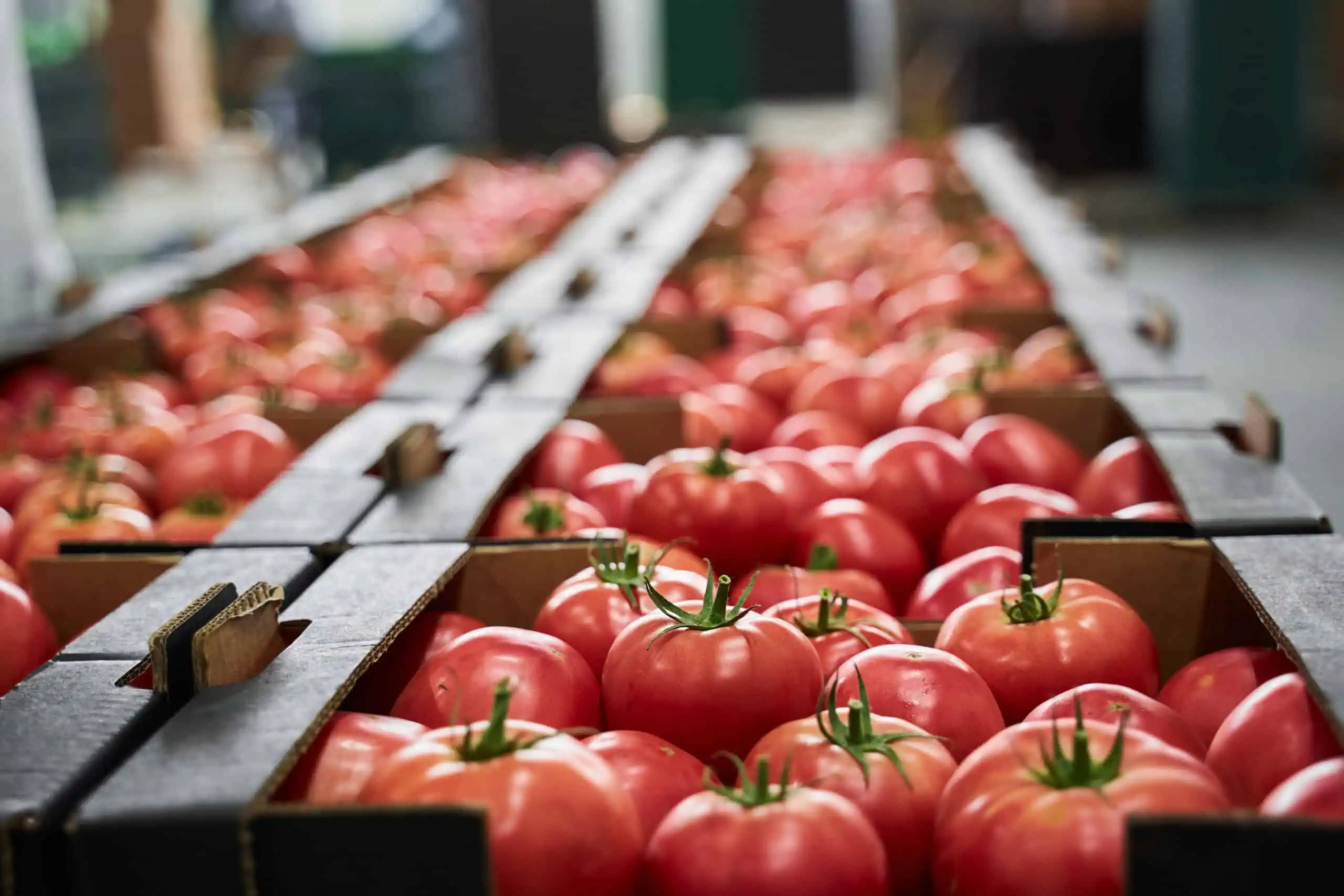
In the realm of product design and manufacturing, durability is a term that holds paramount importance. It is the measure of a product's ability to withstand wear, pressure, or damage, thereby determining its lifespan. However, the concept of durability is not as straightforward as it seems. It is a multi-faceted attribute that is influenced by a myriad of factors, from the materials used to the manufacturing processes and the conditions of use. This article aims to delve into the intricate world of product durability, shedding light on its significance, factors influencing it, and how it can be enhanced.
The Significance of Durability
Durability is a key determinant of a product's value proposition. It directly impacts the customer's perception of the product's quality and reliability. A durable product not only provides a prolonged service life but also contributes to sustainability by reducing waste and the need for replacement. It is, therefore, a critical factor in achieving customer satisfaction and loyalty.
Factors Influencing Durability
- Material Selection: The choice of materials significantly impacts a product's durability. Materials with high strength, toughness, and resistance to environmental factors like temperature, humidity, and corrosion contribute to enhanced durability.
- Design and Manufacturing Processes: The design should facilitate stress distribution to prevent localized damage. Manufacturing processes should ensure the integrity of the product, with no defects that could compromise its durability.
- Usage Conditions: The conditions under which a product is used, including the frequency of use, handling, maintenance, and environmental conditions, also influence its durability.
Enhancing Product Durability
- Material Innovation: The development and use of advanced materials, such as composites and high-performance alloys, can significantly enhance product durability.
- Design Optimization: Using techniques like Finite Element Analysis (FEA) to optimize the design for stress distribution can improve durability.
- Quality Control: Rigorous quality control in manufacturing processes can prevent defects that compromise durability.
- User Education: Educating users on proper handling and maintenance can help prolong the product's lifespan.
In conclusion, the durability of a product is a complex attribute that is influenced by a multitude of factors. It is a critical aspect of product design and manufacturing that directly impacts customer satisfaction and sustainability. By understanding and optimizing these factors, manufacturers can enhance product durability, thereby delivering superior value to customers and contributing to a more sustainable world.

